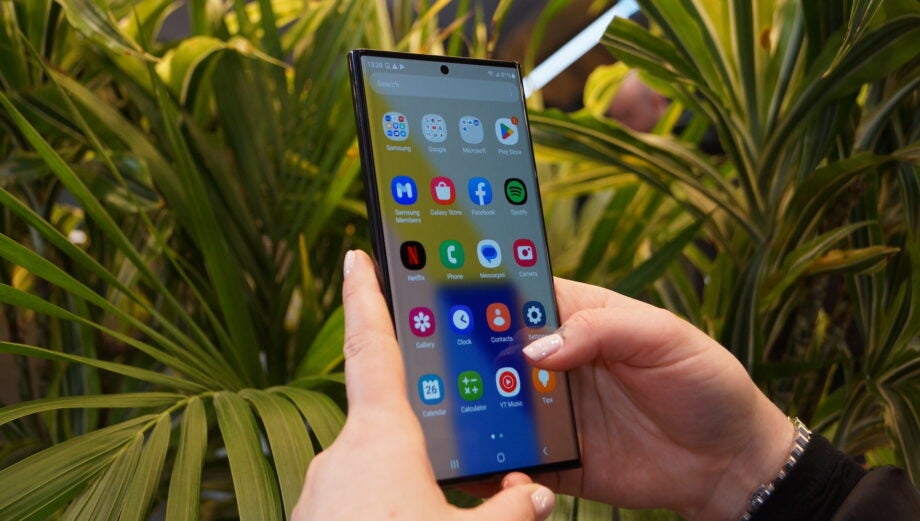
How to use Galaxy S23 Ultra adaptive brightness
The Samsung Galaxy S23 Ultra is a powerhouse of a smartphone, and one of its standout features is its adaptive brightness. This feature uses a combination of sensors to automatically adjust the screen’s brightness based on the ambient light conditions. This can help to improve battery life and reduce eye strain, and it can also make it easier to see the screen in bright or dark environments. Here’s a step-by-step guide on how to use adaptive brightness on the Galaxy S23 Ultra.
Enable adaptive brightness
To enable adaptive brightness, first open the Settings app. Then, tap on the Display tab. Under the Brightness section, you’ll see an option for Adaptive brightness. Tap the toggle switch next to this option to turn it on. Once adaptive brightness is enabled, the screen’s brightness will automatically adjust based on the ambient light conditions.
Adjust the brightness sensitivity
You can also adjust the brightness sensitivity of the adaptive brightness feature. This will determine how quickly the screen’s brightness changes in response to changes in the ambient light conditions. To adjust the brightness sensitivity, open the Settings app and tap on the Display tab. Under the Brightness section, tap on the Adaptive brightness option. Then, tap on the Brightness sensitivity option. You can then choose from three different sensitivity levels: Low, Medium, and High. The higher the sensitivity level, the more quickly the screen’s brightness will change in response to changes in the ambient light conditions.
Use the manual brightness slider
In addition to using adaptive brightness, you can also use the manual brightness slider to adjust the screen’s brightness. To do this, simply swipe down from the top of the screen to open the Quick Settings panel. Then, tap on the brightness slider and drag it to the desired brightness level. The manual brightness slider will override the adaptive brightness setting, so if you want to use adaptive brightness again, you’ll need to turn it back on in the Settings app.
Use the blue light filter
The Galaxy S23 Ultra also has a blue light filter that can help to reduce eye strain. Blue light is a type of light that can be harmful to the eyes, and it can make it difficult to sleep. The blue light filter on the Galaxy S23 Ultra can help to reduce the amount of blue light emitted by the screen, which can make it easier to read and fall asleep. To use the blue light filter, open the Settings app and tap on the Display tab. Then, tap on the Blue light filter option. You can then choose from three different filter levels: Low, Medium, and High. The higher the filter level, the more blue light will be blocked.
Conclusion
Adaptive brightness is a great feature that can help to improve battery life, reduce eye strain, and make it easier to see the screen in different lighting conditions. By following these steps, you can easily enable and use adaptive brightness on your Galaxy S23 Ultra.